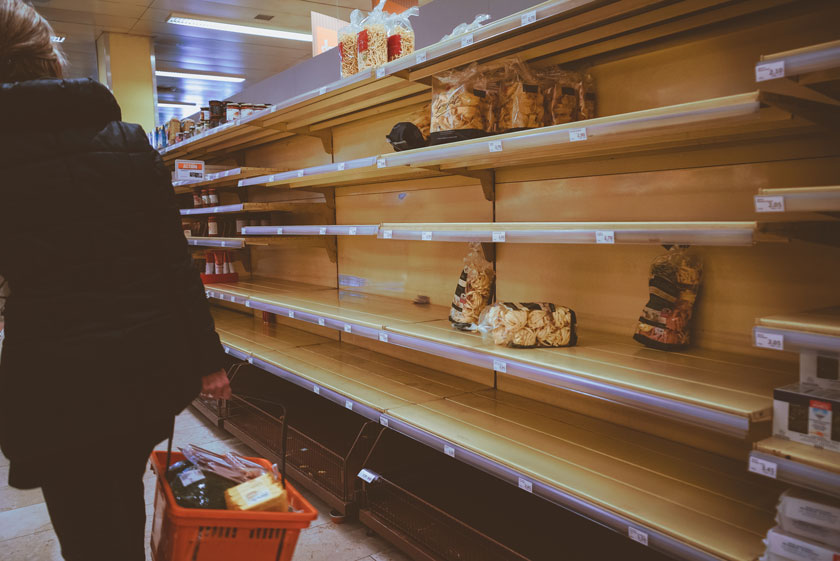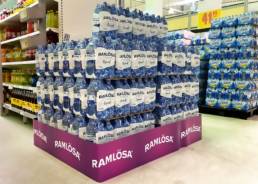Out-of-stock on the Rise: A Cause for Concern

Out-of-stock, or the unavailability of a product at a retail store which leads to empty shelves, have been a persistent problem in the grocery industry for many years. However, the COVID-19 pandemic has led to a significant increase in out-of-stock, as supply chains have been disrupted and demand for certain products has surged
A 2022 study by Lusk et al. found that out-of-stock rates increased by approximately 130% after the COVID-19 pandemic. The study also found that the highest out-of-stock rates were in categories such as meat and poultry products, some convenience and frozen foods, baby formula, and carbonated beverages.
The increase in out-of-stock has had several negative consequences for grocery retailers, as highlighted by a study by Cachon et al. (2004), titled “Stock-Outs Cause Walkouts.” This study found that out-of-stock can lead to a loss of sales, reduced customer satisfaction, and increased customer churn. The study also found that customers are more likely to switch to a different store if they experience a out-of-stock.
Repeated out-of-stock can erode customer trust and damage a store’s reputation. Narasimhan and Dulac (2000) conducted a study to investigate the impact of out-of-stock on consumer satisfaction in more detail. The researchers found that both the frequency and severity of stock-outs had a negative impact on consumer satisfaction. Consumers who experienced more frequent or longer out-of-stock were less satisfied with the store, less likely to return to the store in the future, and more likely to perceive the store as unreliable.
The negative impact of out-of-stock on consumers is evident. They can cause inconvenience and frustration, as customers may have to waste time and money searching for products at other stores. This can lead to several negative consequences, including:
- Reduced customer satisfaction: Customers who experience out-of-stock are less likely to be satisfied with their shopping experience. This can lead to negative word-of-mouth and a decline in customer loyalty.
- Lost sales: When customers cannot find the products they are looking for, they may leave the store without purchasing anything. This can lead to lost sales for the retailer.
- Increased customer churn: Customers who are unhappy with their shopping experience are more likely to switch to a different store. This can lead to increased customer churn for the retailer.
There may be many reasons why store shelves are empty, but the main concern should not be lost revenue but rather dissatisfied customers.
References
Cachon, G. P., Randall, T. M., & Schmidt, L. M. (2004). Stock-outs cause walkouts. The Journal of Marketing, 68(2), 26-41.
Lusk, J. L., Fox, J. A., & Shogren, J. F. (2022). Grocery store stock-outs, consumer demand, and prices during the COVID-19 pandemic in 2020. Applied Economics, 54(10), 1446-1455.
Narasimhan, R., & Dulac, H. (2000). The impact of stock-outs on consumer satisfaction and loyalty. Journal of Retailing, 76(1),

EuroWell is a Swedish company which delivers products for in-store display and sales promotion throughout Europe.
Offices in Stockholm & Paris, POS experts boosting grocery sales.
Unique printing network, safe delivery, customer-focused.
19,000 projects in 35 countries since 1999, valued returning clients.
Read more
FMCG: Unique CPM comparison between online and in-store advertising
September 29, 2022
Facebook study: Consumers make purchase decisions in store
September 22, 2021